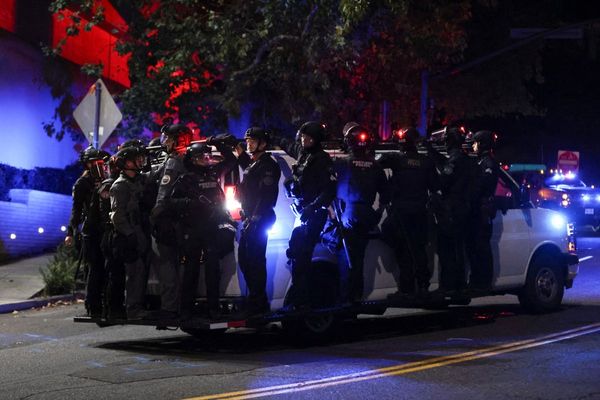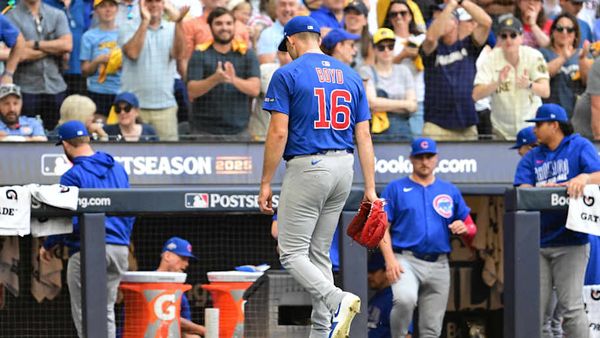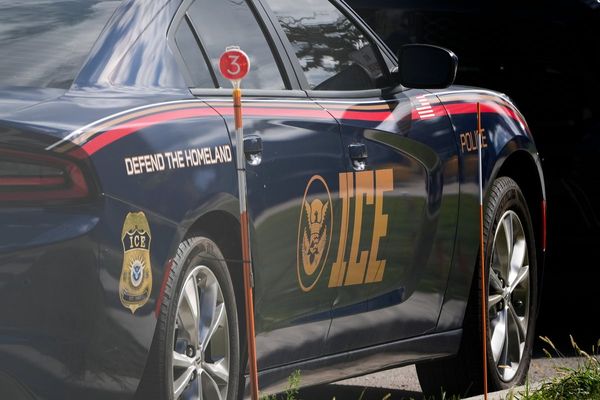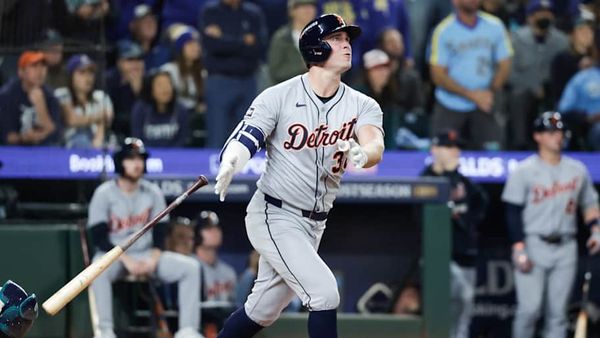Robinhood stock currently sits above its 21-day, 50-day and 200-day moving averages and is just 6% shy of an all-time high. Investors who think Robinhood stock might trade sideways for a few months could look at selling covered calls on their underlying position to increase their income.
Robinhood stock was down more than 3% premarket Monday after being excluded from the S&P 500 index on Friday. During early-afternoon trade, the stock fell nearly 5% and hit a session low of 68.56.
The stock does not pay a dividend, but savvy investors can create their own yield from their Robinhood shares using covered calls. A covered call involves buying 100 shares of the underlying stock and simultaneously selling a call option against those shares.
Selling the call limits the upside but increases the yield from the investment in the form of option premium. The investor keeps the premium generated from selling calls no matter what happens with the stock.
According to IBD Stock Checkup, Robinhood stock ranks fourth in its group and has a Composite Rating of 97, an EPS Rating of 81 and a Relative Strength Rating of 99.
When trading covered calls, most investors sell monthly calls against their stock to make the most of the effects of time decay. That makes a lot of sense but also requires a lot of active management.
Long-Term Covered Call on Robinhood Stock
What if we sold longer-term covered calls against Robinhood stock? Let's take a look.
On Robinhood stock, a June 18, 2026, call option with a strike price of 75 recently sold for around $18.80. That generates $1,880 in premium per contract. Purchasing 100 shares of Robinhood Markets stock will cost around $7,200. But the $1,880 option premium received reduces the net cost.
Therefore, we have created a yield of $1,880/$5,320 in 375 days, which is 35.3%, or 34.4% annualized. That clearly beats the dividend yield on most stocks in the current market. It also still allows for around $300 of capital appreciation.
If Robinhood stock closes above 75 on the expiration date, the shares are called away at 75. That leaves the trader with a 41% return, or 39.9% on an annualized basis.
If Robinhood closes below 75 on the expiration date, the investor can sell another call if they want to continue generating option premium.
Weigh Options Before Initiating Covered Call
Covered calls are a fantastic way to generate income from a stockholding while also providing some downside protection. But investors would need to weigh the pros and cons of the stock before initiating a bullish trade like a covered call.
Please remember that options are risky, and investors can lose 100% of their investment.
This article is for education purposes only and not a trade recommendation. Remember to always do your own due diligence and consult your financial advisor before making any investment decisions.
Gavin McMaster has a masters in applied finance and investment. He specializes in income trading using options, and is conservative in his style. He also believes patience in waiting for the best setups is the key to successful trading. Follow him on X/Twitter at @OptiontradinIQ.







